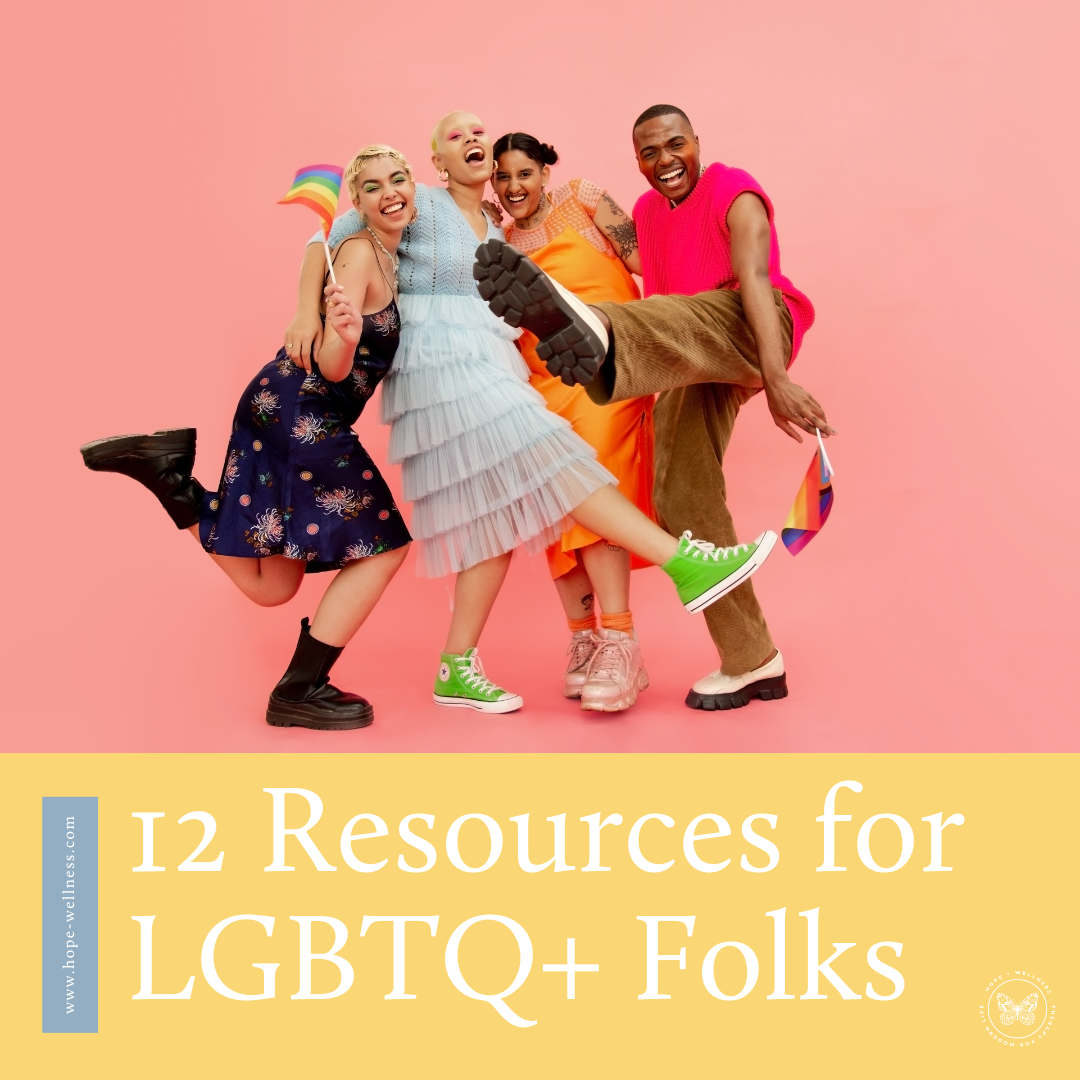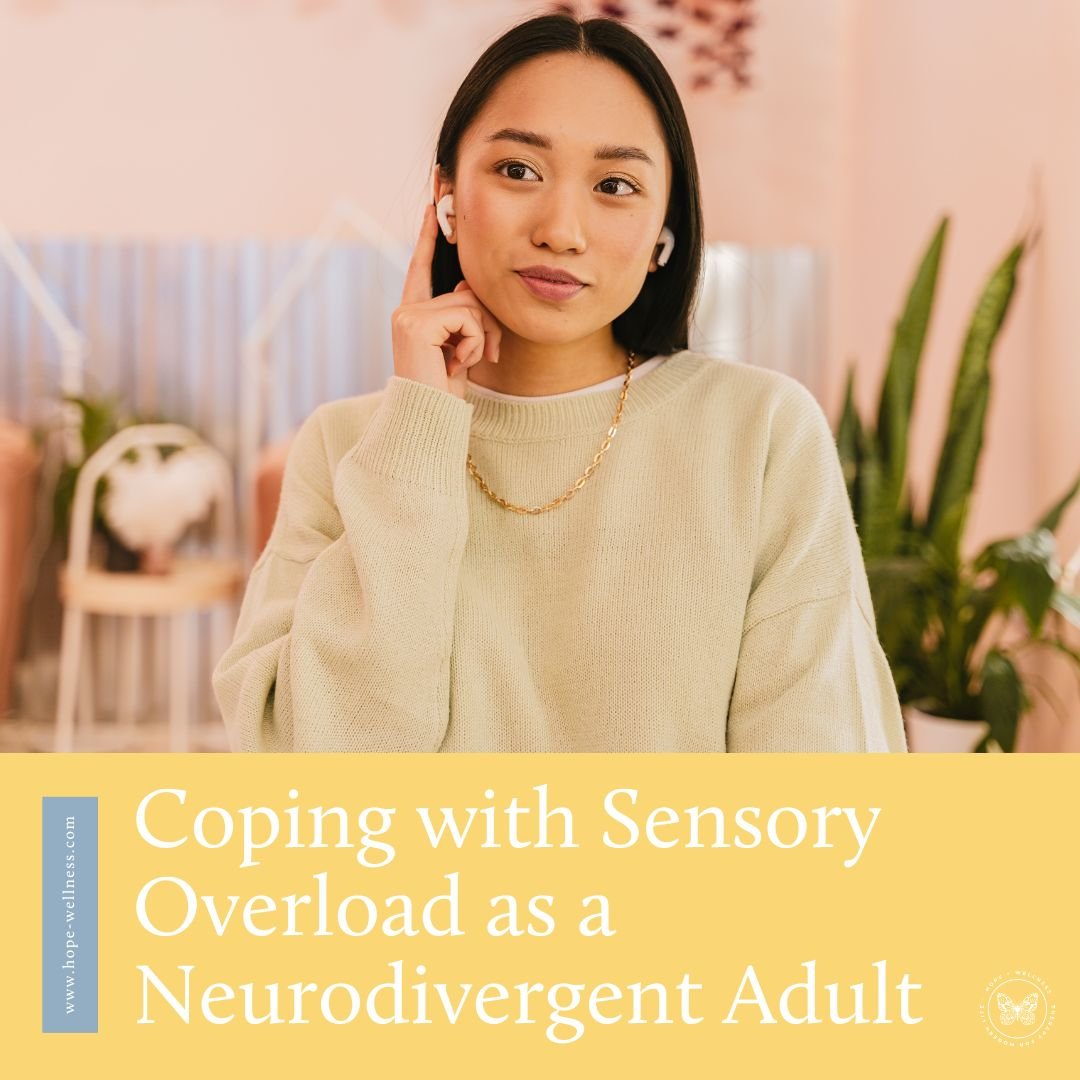4 Ways to Add Mindfulness to Your Daily Routine
What does it mean to cultivate a mindfulness practice?
We’ve touched on mindfulness on our blog before, specifically how mindfulness can help with stress relief. But how does one go about cultivating their own daily mindfulness practice?
If you’re totally new to mindfulness and don’t want to branch out on your own yet, a good place to start is with a mindfulness app. We’ve got a list of ten right here that can help guide you through developing your own mindfulness routine.
But you might not want to use an app. Part of the reason people love mindfulness so much, is that it helps them to be in the present moment without extraneous distractions. And if you find yourself clicking back and forth between different apps mindlessly every time you pick up your phone, a mindfulness app might not be the best way to go about creating your mindfulness practice!
So how can you get started on your own mindfulness?
There is no one right way to be mindful, or to practice mindfulness. You don’t need a specially designated mindfulness or meditation space. The most important thing in mindfulness is the switch from your doing mode to you being mode, whatever that looks like in your life.
Switching over to your being mode is all about tuning into your different senses and engaging with the present moment. To do this, ask yourself questions like:
What sounds am I hearing? Where are they coming from?
What can I smell? Where is that smell coming from? What does that smell make me think of?
What is around me? How is my body interacting with my environment?
What can I see around me? What have I been overlooking?
How does my body feel? Am I sore, tired, aching? Do my limbs feel heavy? In noticing this, do I now want to stretch?
Where is my attention going? Am I staying in the present moment, or are my thoughts wandering? Why might I be having trouble keeping my attention at the present?
You can use these questions to get you started at any point in your day. If you’re looking for more structure in your mindfulness routine consider:
Setting your alarm for five minutes earlier than you normally wake up:
You don’t need to spend a lot of time on mindfulness. Like most self care, mindfulness is more about the quality of your practice than the quantity. Giving yourself five extra minutes at the beginning of the day is a perfect way to ease into mindfulness. You don’t even need to get out of bed to do it! Take those five minutes to lay awake in bed, engaging with your senses, asking yourself those mindfulness questions.
Add mindfulness into mindless tasks:
What do you normally think about when brushing your teeth? Or washing your dishes? We do these things on autopilot, so your mind probably wanders out of habit. Find these small mindless moments throughout the day, and see if you can refocus. Use them as opportunities in your regular routine to add a bit of mindfulness. What does your toothpaste smell like? How do the bristles feel on your teeth? How does your arm feel brushing? What do you hear while brushing your teeth? Or how does the soap and water feel on your skin while you wash your dishes?
Enriching an activity you already enjoy:
What’s something you like to do every day? Do you love cooking? Going for a walk after work? Pick one of these things you enjoy, and try to do them mindfully. Put your phone away or turn it off so you aren’t tempted to get distracted. When your mind wanders, be gentle with yourself, and redirect your attention back to what you’re doing. If you’re cooking: what are you smelling? What are you hearing? What do the smells, tastes, sounds, sights, make you feel? If you’re on a walk: what’s happening around you? Is it windy? Can you hear neighborhood pets or kids playing? Is the traffic loud? What colors are you seeing?
Adding mindfulness to your bedtime routine:
Just as with your morning routine, adding in a few minutes of mindfulness can be a great way to end your day. When you’re all ready for bed, find a comfortable position and sit for a few minutes. How are you feeling? What feelings has the day left in you? Focus on your breath, breathing in and out slowly. Not only can this help you focus on mindfulness, but it can also help you relax, which is perfect to help you ease into restful sleep.
If you're looking for support as you develop a mindfulness practice, or if you're not sure where to begin, contact us today for help!
counseling in falls church, mclean, tysons corner, merrifield, arlington and vienna, va
Hope+Wellness is a therapy practice serving the Falls Church, McLean, Great Falls, Vienna, Arlington, Alexandria, and the greater Washington DC region. We provide compassionate care to children, teens, and adults with stress, anxiety, and depression. Our practice is in-network with BCBS and provides Cognitive Behavioral Therapy (CBT), mindfulness and acceptance based therapies, and other top, premier evidence-based treatments. Call, email, or schedule an appointment with us online today. We’re happy to help!










Seeking therapy for the first time can feel intimidating especially if you’re the “strong one,” the fixer, or the person everyone else turns to. Maybe you’ve been taught that therapy is only for moments of crisis, or perhaps you grew up in a culture where emotional struggles were minimized, or met with silence. As a first-generation Latina and mental health professional, I understand how deeply those messages can run. But I want you to know this: therapy isn’t just for when things fall apart. It’s also for when you’re trying to hold it all together.